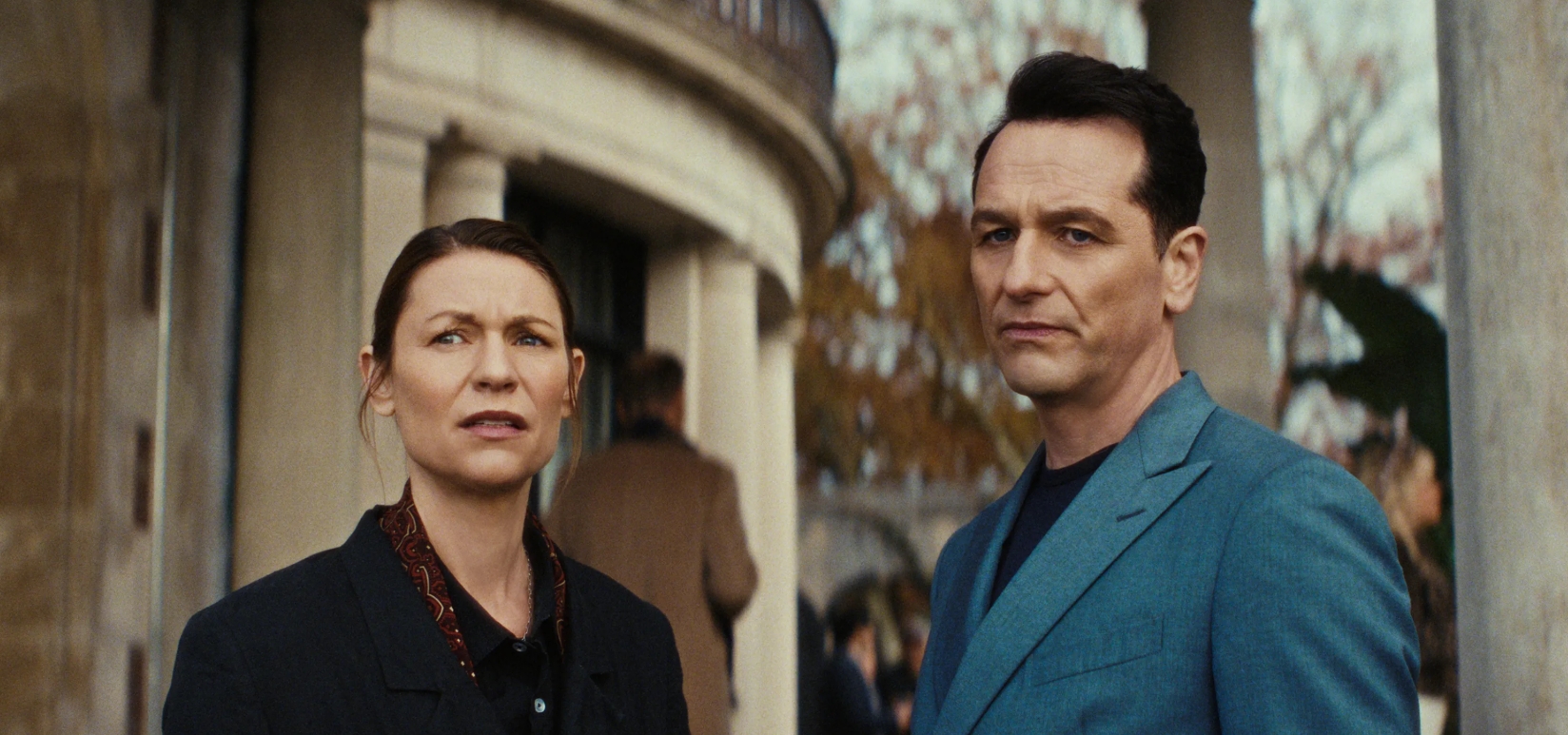Hollywood’s fascination with pugilistic cinema shows no signs of abating, despite a noticeable decline in audience engagement. The recent Sydney Sweeney vehicle, a boxing drama intended to blend athletic intensity with poignant narrative, failed to achieve commercial success. However, beyond the specific failure of this particular movie, its lackluster performance prompts a broader inquiry: what compels the film industry to repeatedly revisit the boxing genre?
The sports biopic has long been a cinematic staple, and boxing, in particular, has held a special place in film history. From Rocky to Raging Bull, the genre has delivered iconic performances, stirring narratives, and moments of triumph that transcend the sport itself. Yet, in recent years, the once-unshakable formula seems to be losing its punch. Audiences no longer flock to theaters for stories of redemption told through bruised knuckles and broken dreams. Instead, many seem weary of familiar arcs that echo the same rise-fall-redemption structure repeated for decades.
The lasting fascination with boxing narratives
To understand why filmmakers keep returning to boxing, one must recognize its cinematic symbolism. The sport provides a visual and emotional language that easily translates to the screen — struggle, endurance, and the fight for self-worth are inherently dramatic themes. Each punch thrown is a metaphor for human persistence, and each round fought mirrors the relentless challenges of life itself.
Moreover, boxing has historically offered a stage for exploring identity, class, and masculinity. In classic films, the protagonist was often an underdog — a working-class fighter clawing his way toward dignity and respect. These stories resonated deeply in eras when audiences identified with hardship and ambition. But as cultural values shift and the definition of “heroism” evolves, the genre’s traditional tropes risk feeling outdated.
Today’s audiences possess a heightened understanding of the intricate dynamics of gender, authority, and exploitation prevalent in sports. The concept of a solitary combatant striving for triumph appears progressively detached from contemporary discussions surrounding collaboration, susceptibility, and societal equity. This generational divide could elucidate why recent biographical films about boxing, despite featuring prominent actors, encounter difficulties in captivating audiences.
When the formula ceases to be effective
Sydney Sweeney’s boxing drama sought to reinterpret the classic narrative from a feminine perspective, combining themes of empowerment and physical resilience. However, despite its aim to update the genre, viewers did not connect with it. The movie was criticized for its absence of novelty and inconsistent mood—typical issues for sports biopics that struggle to reconcile factual accuracy with innovative storytelling.
Part of the issue lies in repetition. Modern audiences, bombarded with content across streaming platforms, expect innovation and depth. They crave narratives that surprise, challenge, or emotionally disarm them. When yet another boxing movie arrives promising triumph over adversity, the reaction is often fatigue rather than fascination.
Additionally, the world of sports itself has changed. Combat sports like mixed martial arts have overtaken boxing in mainstream popularity, and audiences now have real-time access to fighters’ personal stories through social media. The once-exclusive glimpse into an athlete’s emotional world that cinema offered is now readily available online — unfiltered and unscripted.
For filmmakers, this means that simply dramatizing a fighter’s life is no longer enough. The story must go beyond the ring, exploring what the punches represent rather than who throws them. Without that evolution, boxing films risk becoming relics of an era that romanticized physical struggle as the ultimate metaphor for success.
Searching for the next evolution of the boxing biopic
Despite their recent struggles, boxing movies still hold potential — if creators are willing to redefine their approach. The genre can thrive again by shifting focus from the sport itself to the social, psychological, and emotional worlds surrounding it. Films that dive into the mental health of athletes, the economic pressures of competition, or the blurred line between empowerment and exploitation could breathe new life into this well-worn narrative space.
Female-centric narratives, such as Sweeney’s, possess the potential to instigate transformation — yet only if they transcend the compulsion to replicate male interpretations of the boxing legend. Rather than depicting women as combatants validating their abilities within a historically male paradigm, upcoming cinematic works could delve into how female competitors redefine power, fortitude, and selfhood according to their unique perspectives.
Another promising avenue involves broadening the locations and reach of these narratives. Boxing has moved beyond just dimly lit gyms or grand championship venues; it thrives in communities across the globe, from local youth initiatives to refugee settlements where the sport serves as a means of empowerment. Investigating these often-overlooked environments could revitalize the genre, imbuing it with genuine authenticity and worldwide significance.
The future of fight films in a post-boxing era
Hollywood has a long-standing tradition of adhering to established patterns. The boxing biopic, inherently rich in drama and emotional resolution, has consistently been a reliable choice—until recently. With audiences now seeking more intricate and diverse narratives, filmmakers face the decision of adapting or facing obsolescence.
The challenge lies not in abandoning the sport as a storytelling device but in reimagining what the fight symbolizes. The next great boxing film might not be about championship belts or knockout punches; it could be about mental endurance, identity, or survival in a system that’s just as brutal as the sport itself.
In this regard, the genre’s longevity might hinge on filmmakers’ readiness to venture beyond the conventional — to discover novel approaches for portraying conflict and success that mirror current societal conditions. Otherwise, boxing films could persist in throwing powerful punches without landing them, engaging in a shadow fight with history instead of grappling with what lies ahead.
Perhaps the real question isn’t why we continue to produce boxing biopics, but rather if we possess the courage to truly innovate them.

:max_bytes(150000):strip_icc()/Christy-110525-01-af37a3a8ccc542d99361a2a401d54122.jpg)



